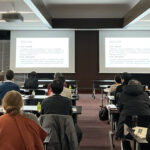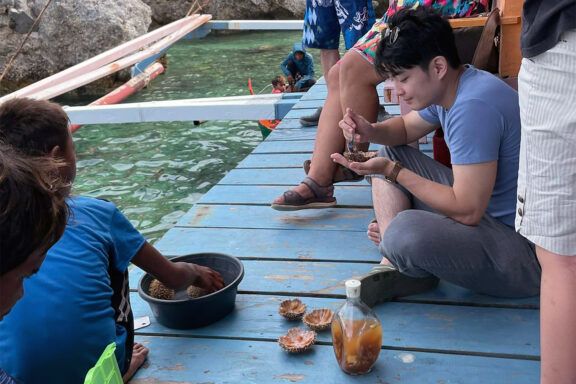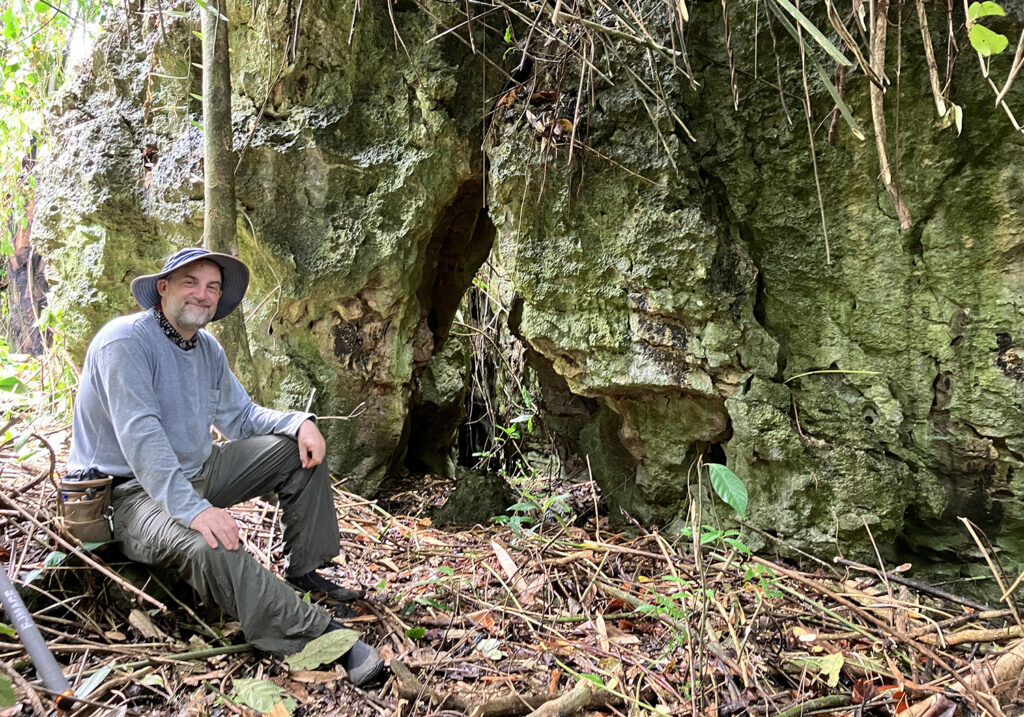
The history of the ‘Spice Islands’ of northern Maluku, near the eastern edge of the Indonesian Archipelago, is often framed in terms of the interactions of four regional sultanates: Ternate, Tidore, Bacan and Jailolo. The last of these was conquered by Ternate and effectively disappeared in 1551. Ternate and Tidore have become recognized names globally through their complex entanglements with European colonial powers since the 16th century. By contrast, the Sultanate of Bacan has suffered from historiographical marginalization.

While written source material for the earliest history of this pre-modern polity is scarce, local oral tradition has for centuries preserved memories of a migration of the seat of its royal power from the island of Makain to its present location at Labuha on Bacan by way of a protracted 15th-century interlude in Kasiruta. The court also briefly returned to Kasiruta in the mid-18th century during a period of political turmoil.

Together with the Maritime Asia Heritage Survey’s Indonesia Field Team, Professor Feener worked in Kasiruta to produce new documentation for this previously unmapped site earlier this spring. The aim of our work there was to add to the empirical source material available for the study of this under-researched Muslim society in Southeast Asia.
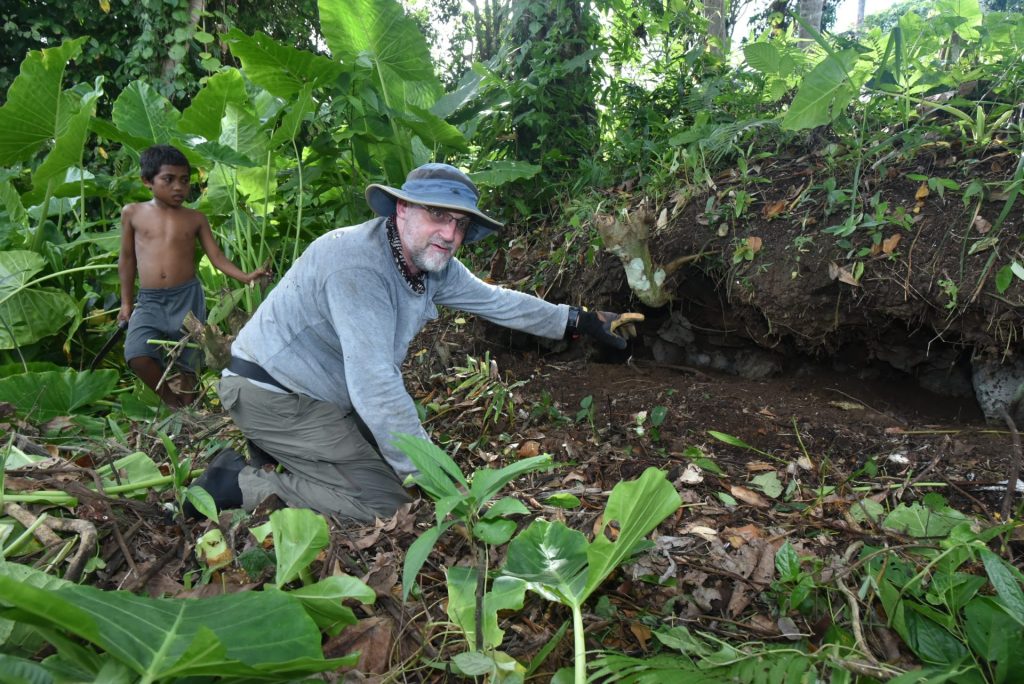
Combining traditional archaeological survey fieldwalking methods with aerial LiDAR and other cutting-edge digital technologies, the MAHS Team was able to identify the site of royal graves as well as the ruins of fortifications and other structures built of coralstone and lime mortar scattered over a wide area on the western bank of the river opposite the modern village of Kasiruta Dalam.

The data collected by the Indonesia Team is currently being processed by the MAHS Digital Heritage Documentation Lab based in CSEAS, and will be published soon on the project’s open-access online archive: https://maritimeasiaheritage.cseas.kyoto-u.ac.jp/
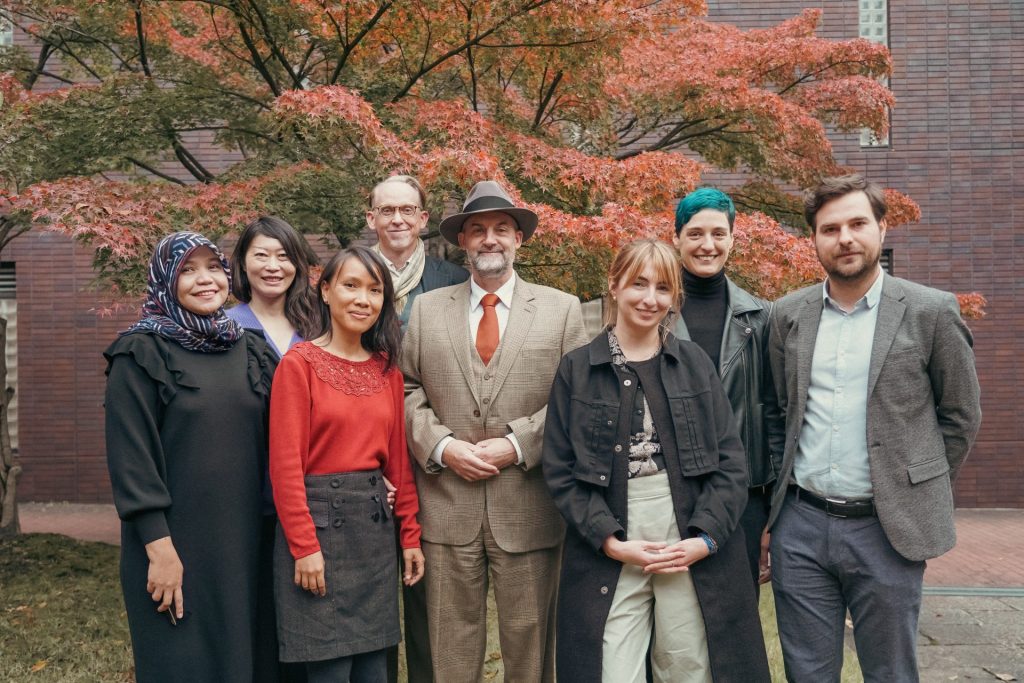
The Maritime Asia Heritage Survey (MAHS) works to digitally document historical and archaeological sites across the coastal and island world of Southern Asia through field survey work in Indonesia, the Maldives, Thailand, and Vietnam. The MAHS is led by R. Michael Feener with Co-PIs Ishikawa Noboru and Patrick Daly. The project is based at the Kyoto University Center for Southeast Asian Studies, and funded by Arcadia, a charitable fund of Lisbet Rausing and Peter Baldwin.
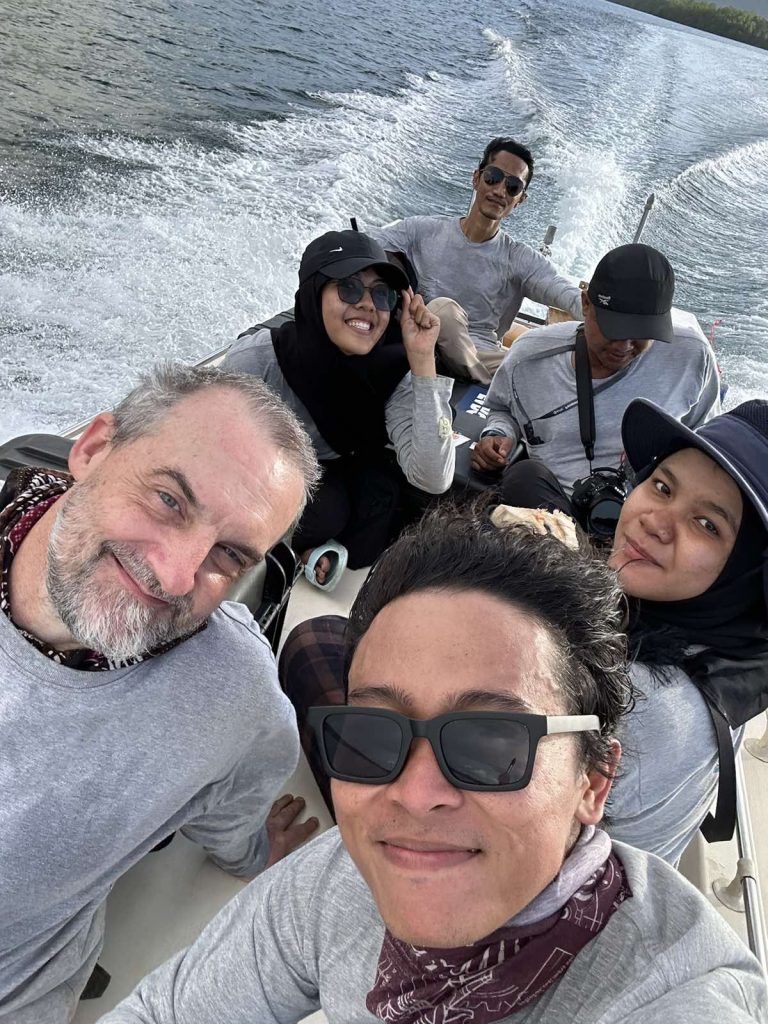
The MAHS Indonesia Field Team are: Ahmad Zaki, Sofiana Sabarina, Fauzan Azhima, Rinaldi Ad, Nathasya Meutia Sari and Multia Zahara. The MAHS Lab Team in Kyoto are: Maida Irawani, Krisztina Baranyai, Shaun Mackey, Marcela Szalanska, Maria Eliza Agabin and Kawai Miyuki.
This article is also available in Japanese. >>
「バチャン以前:初期東南アジアスルタン国の廃墟をマッピングする」
(R. マイケル・フィーナー)

